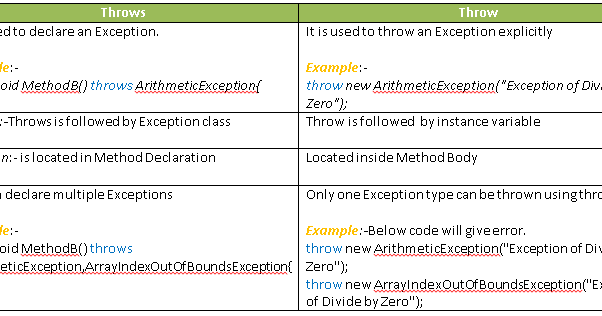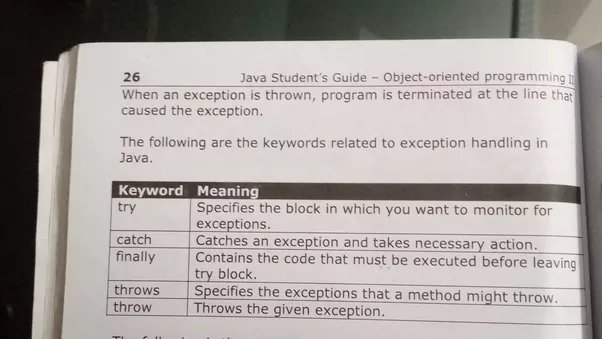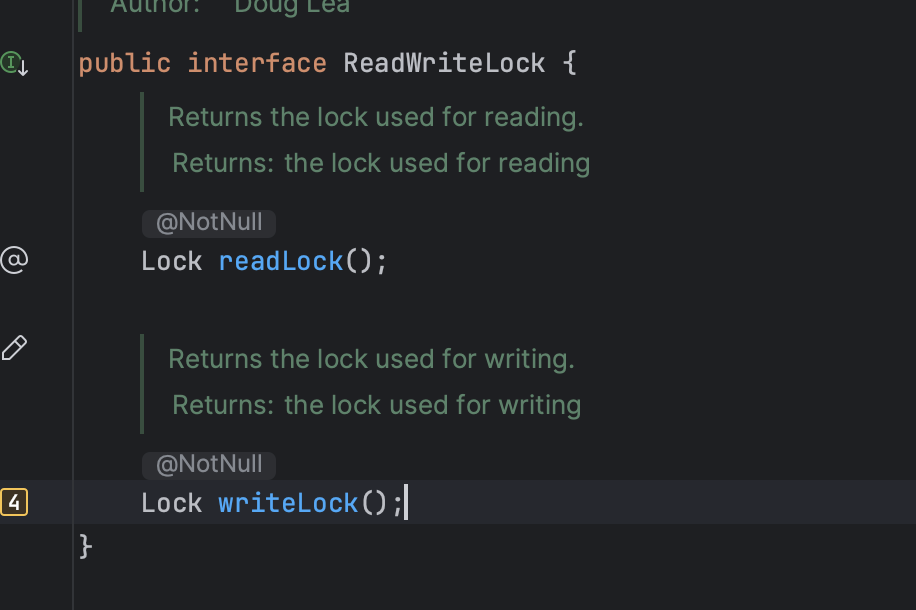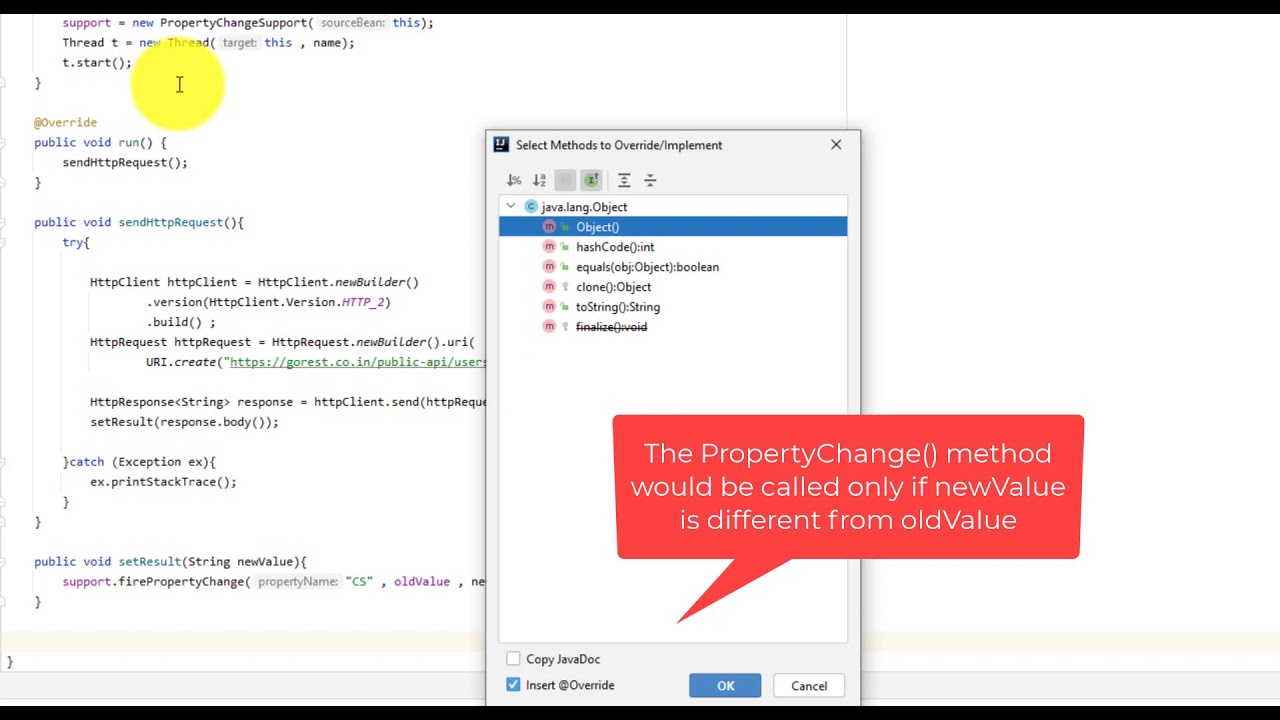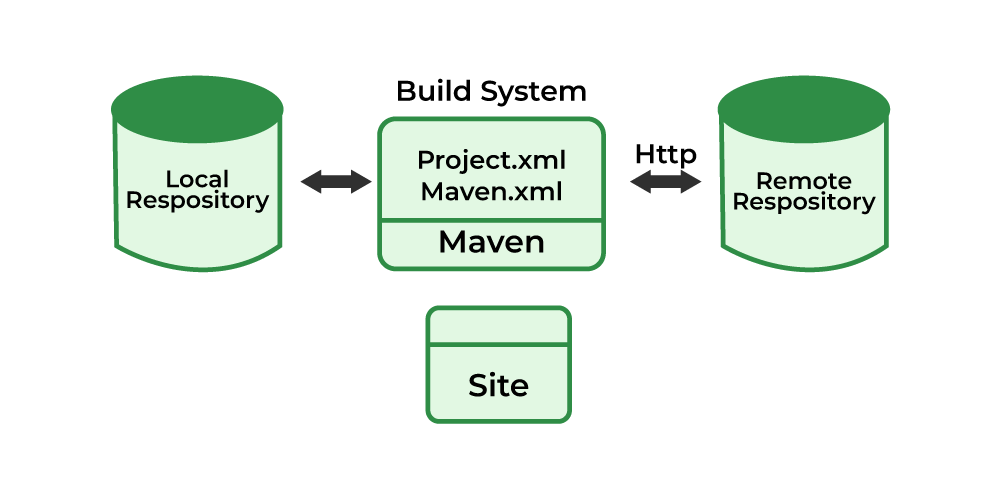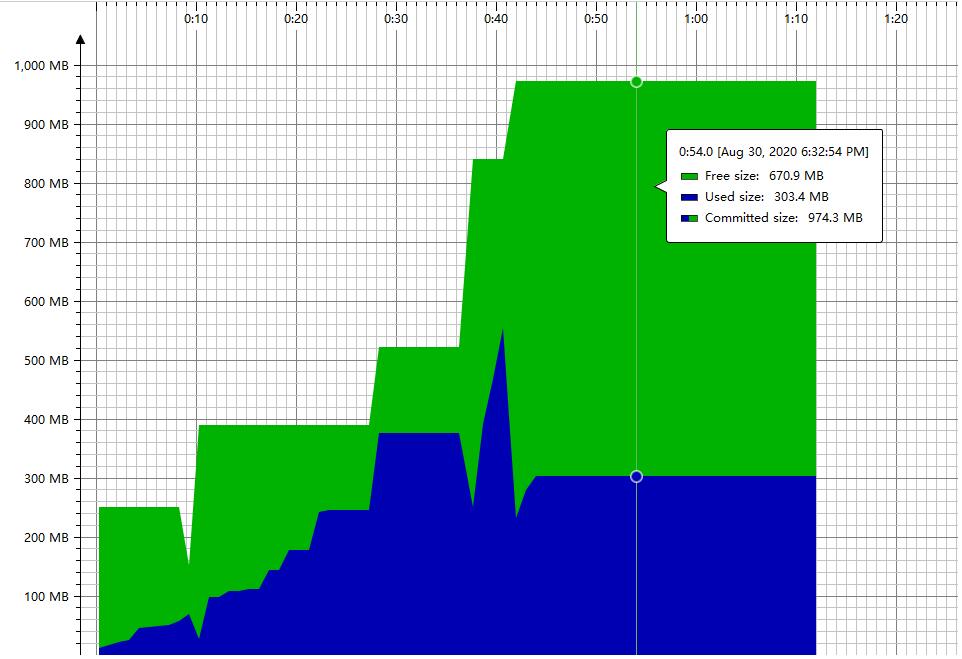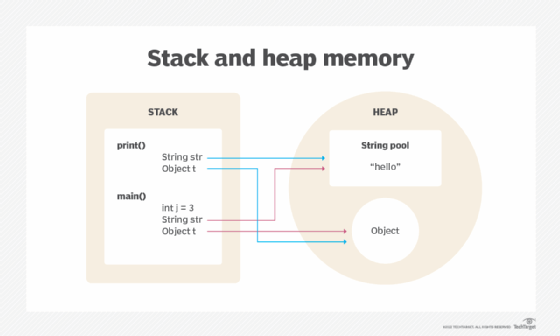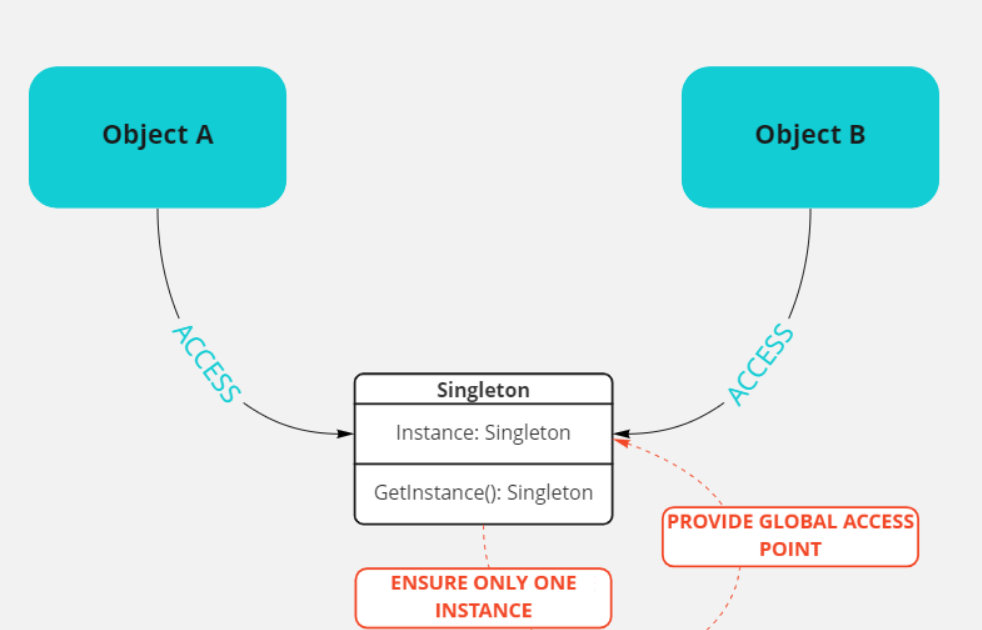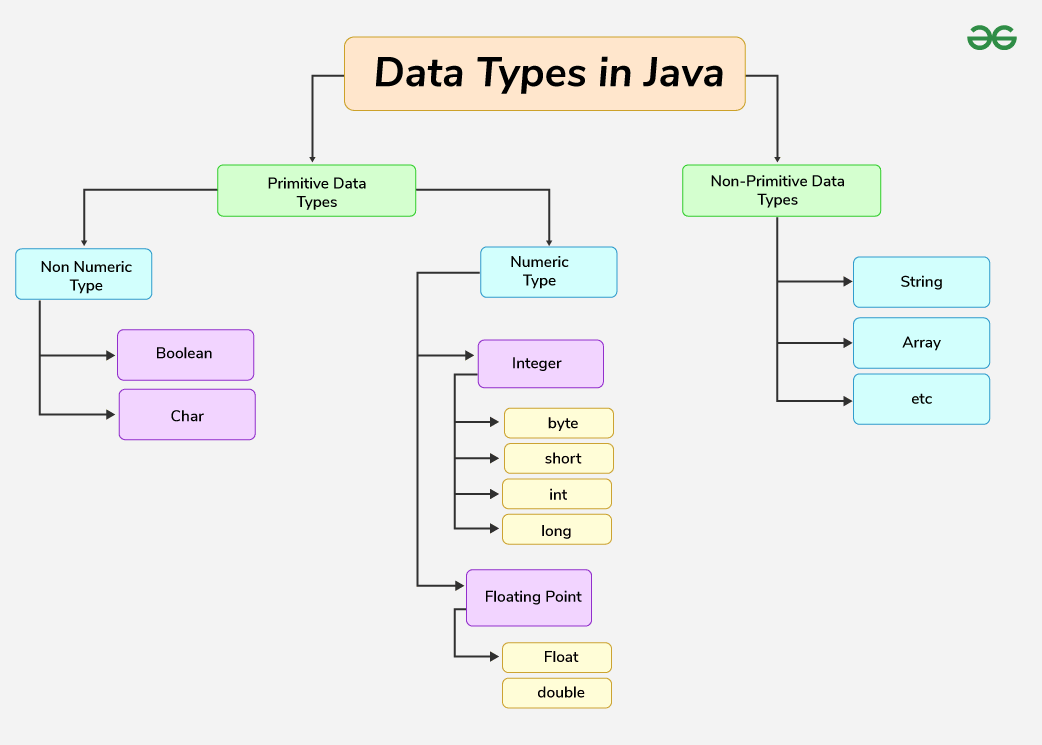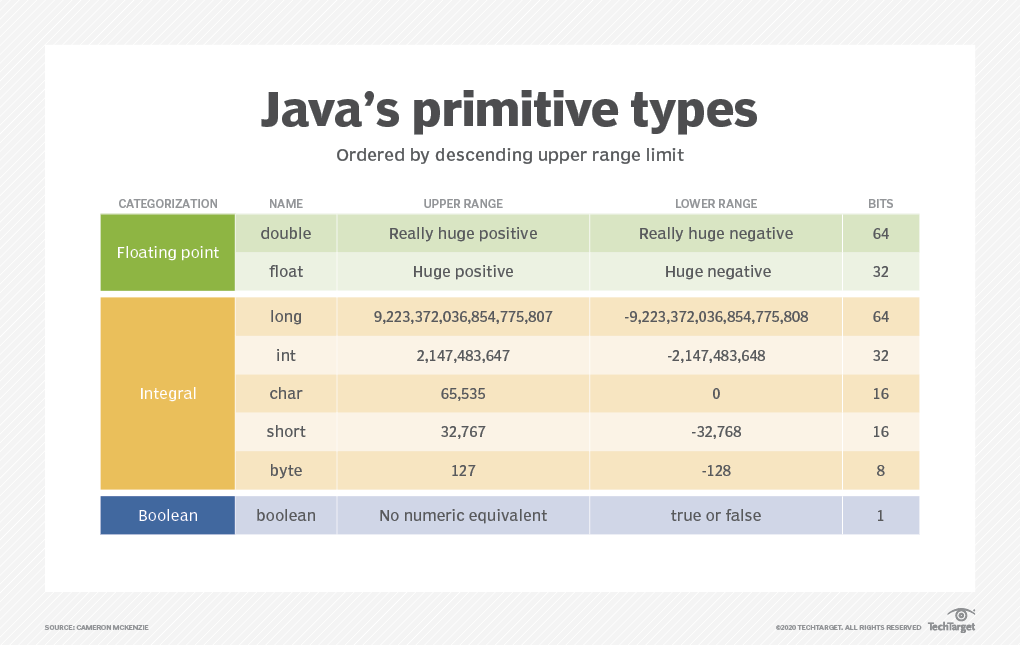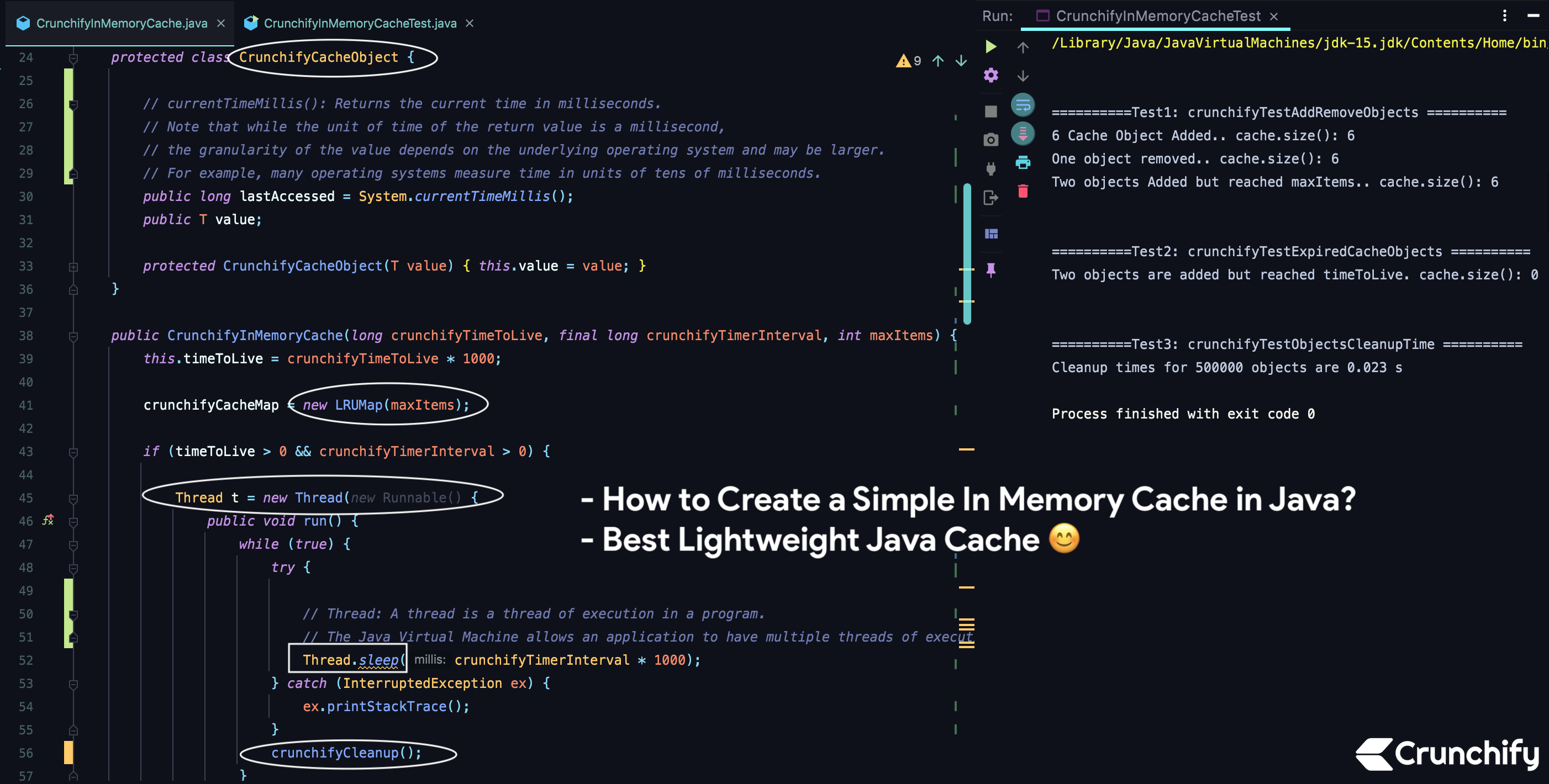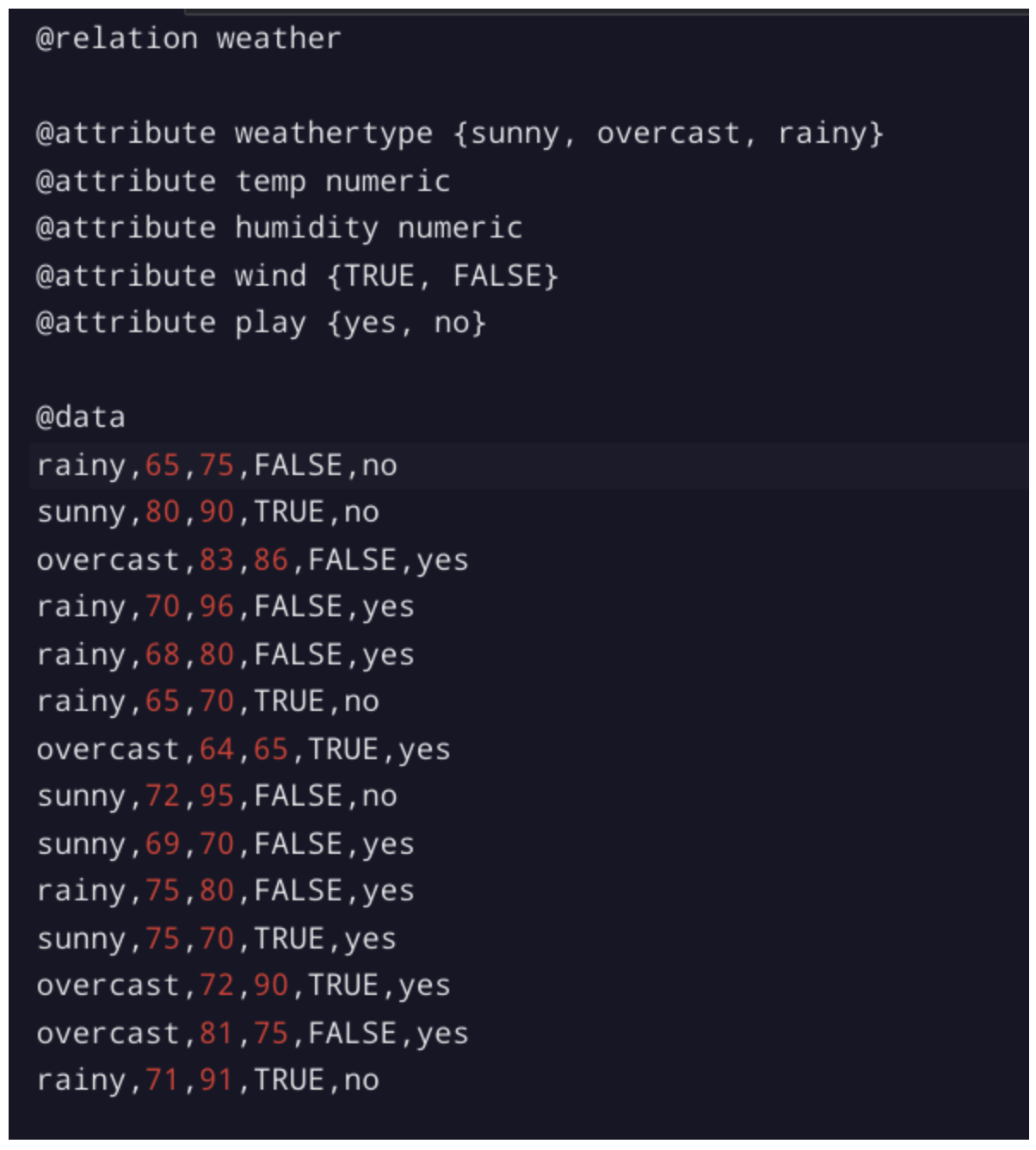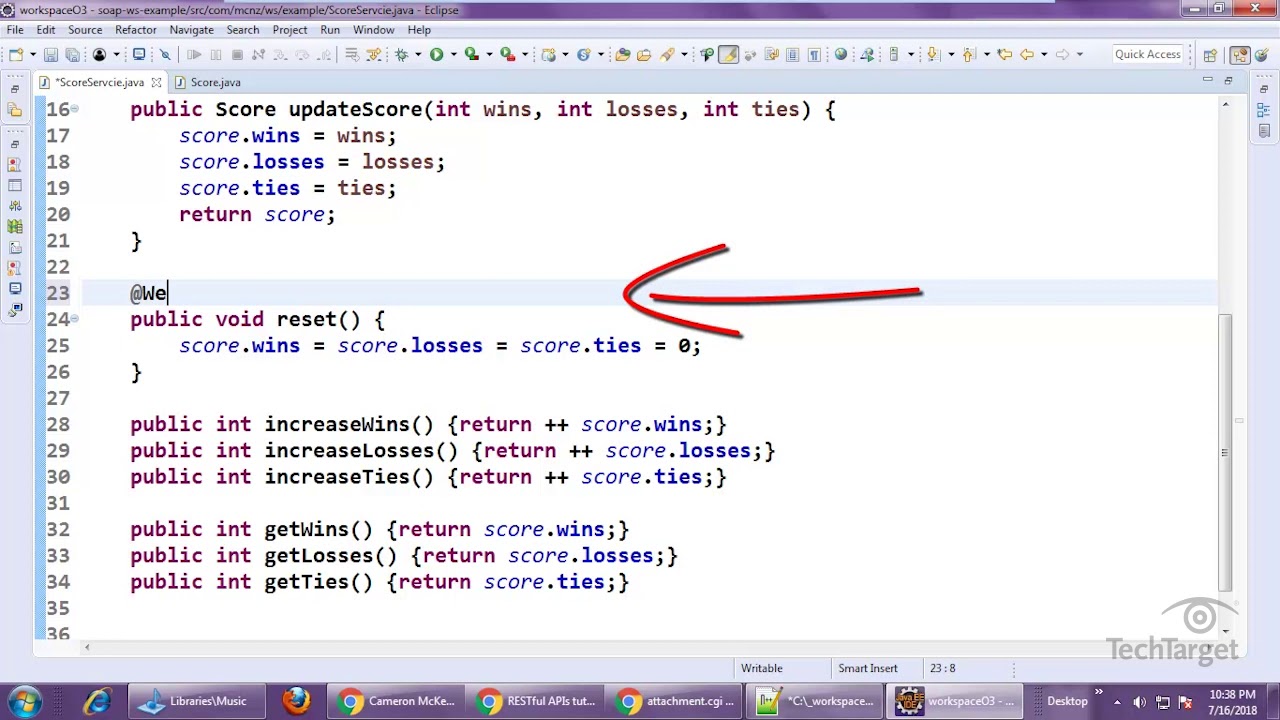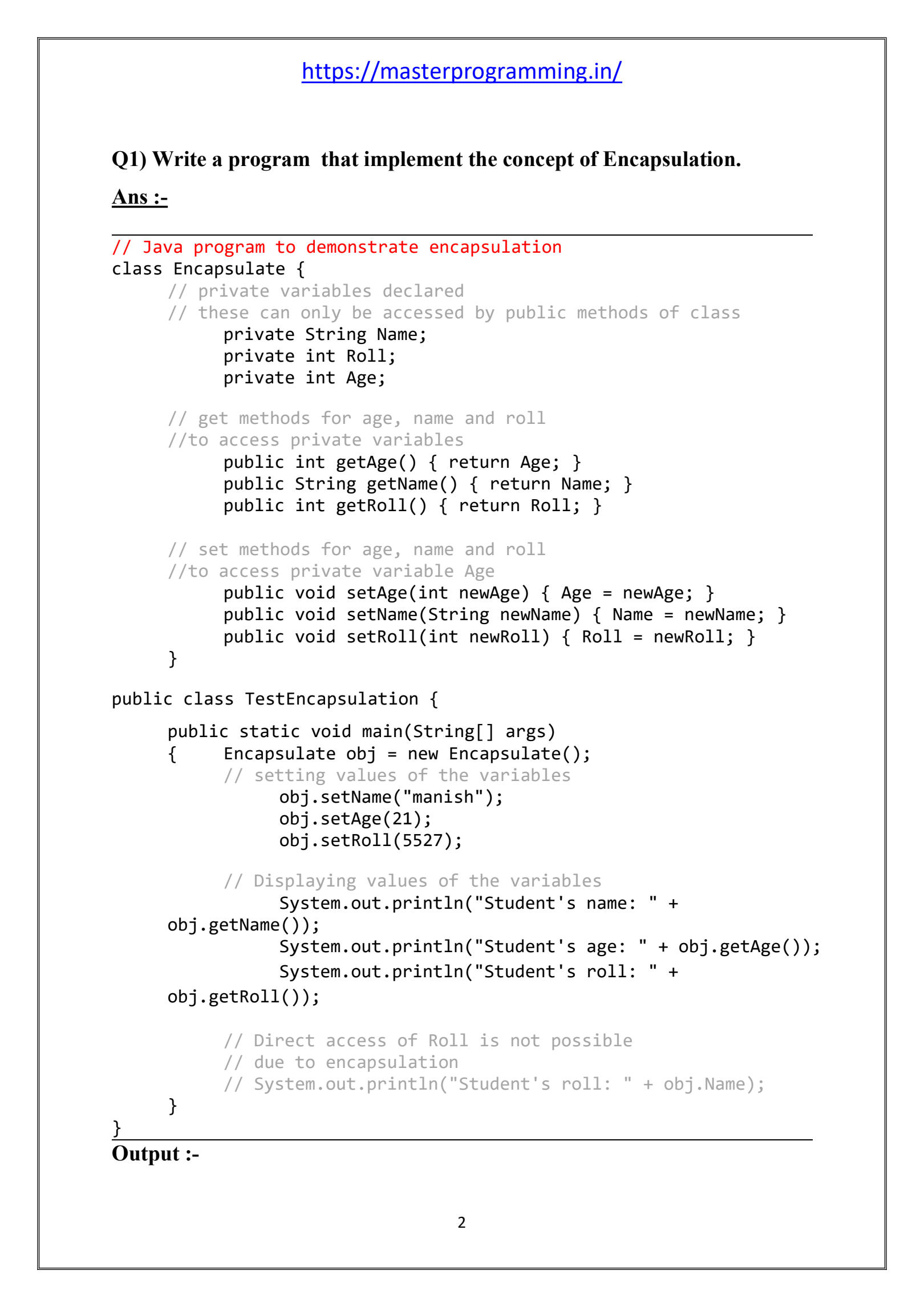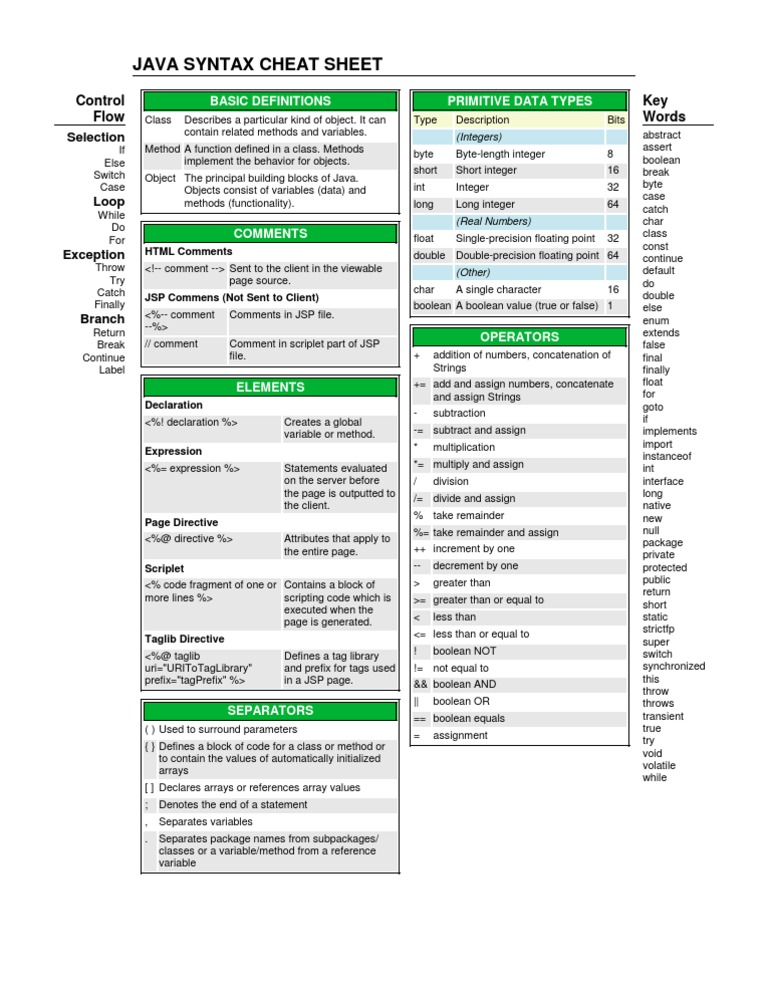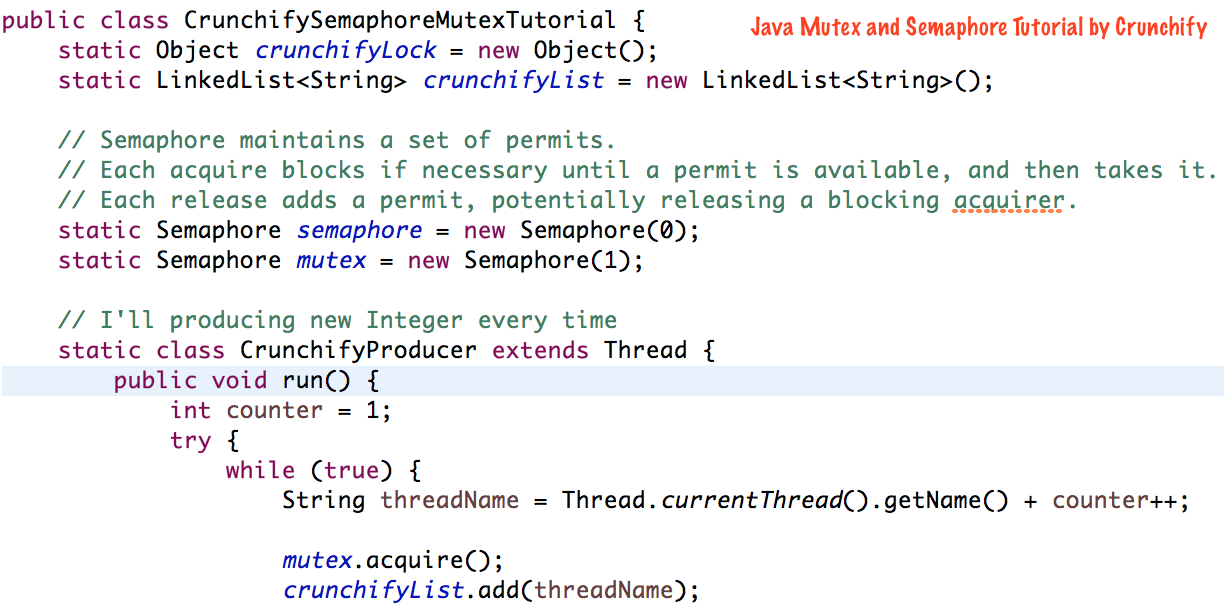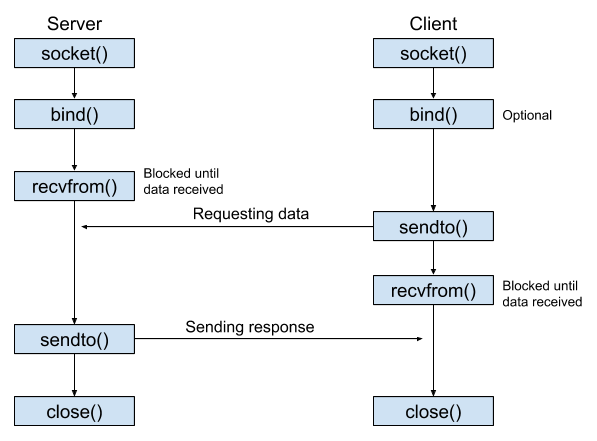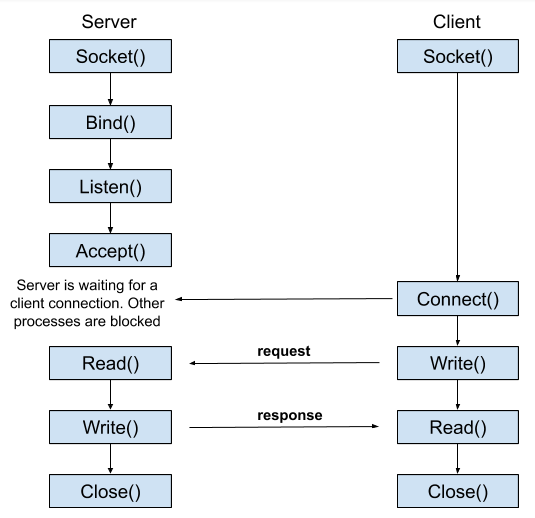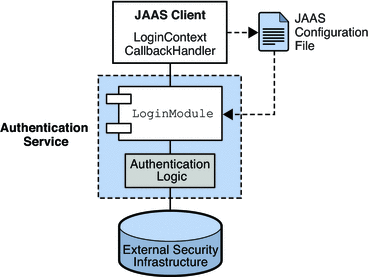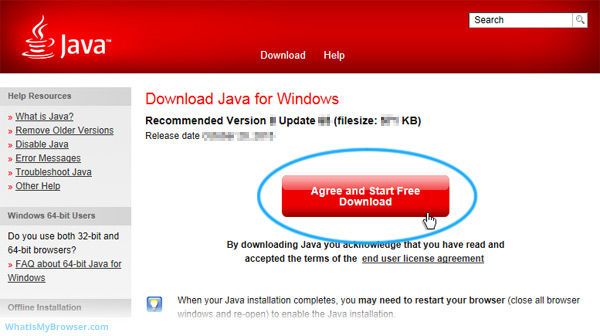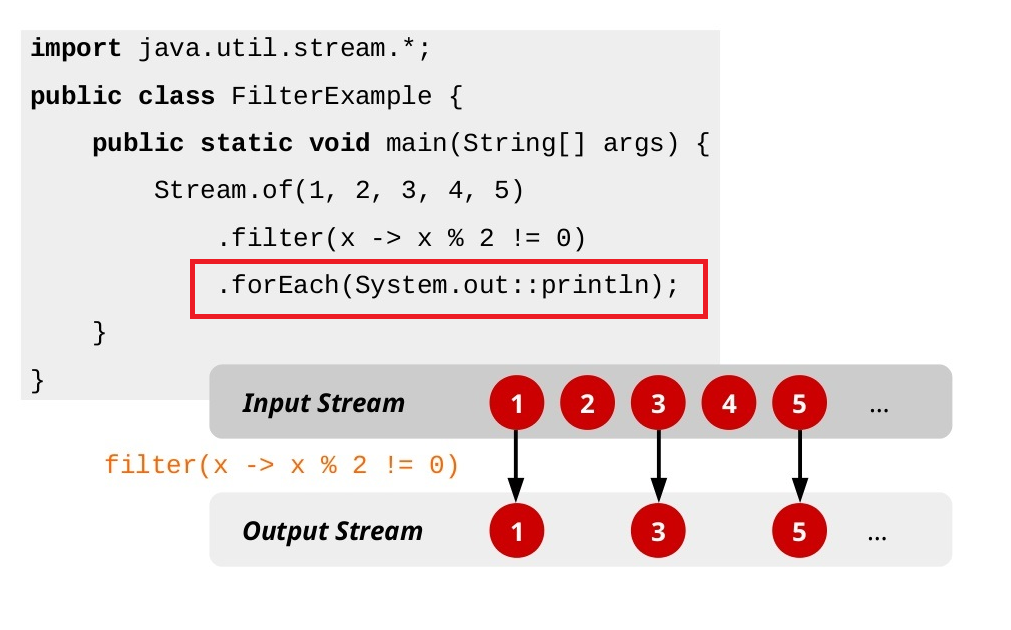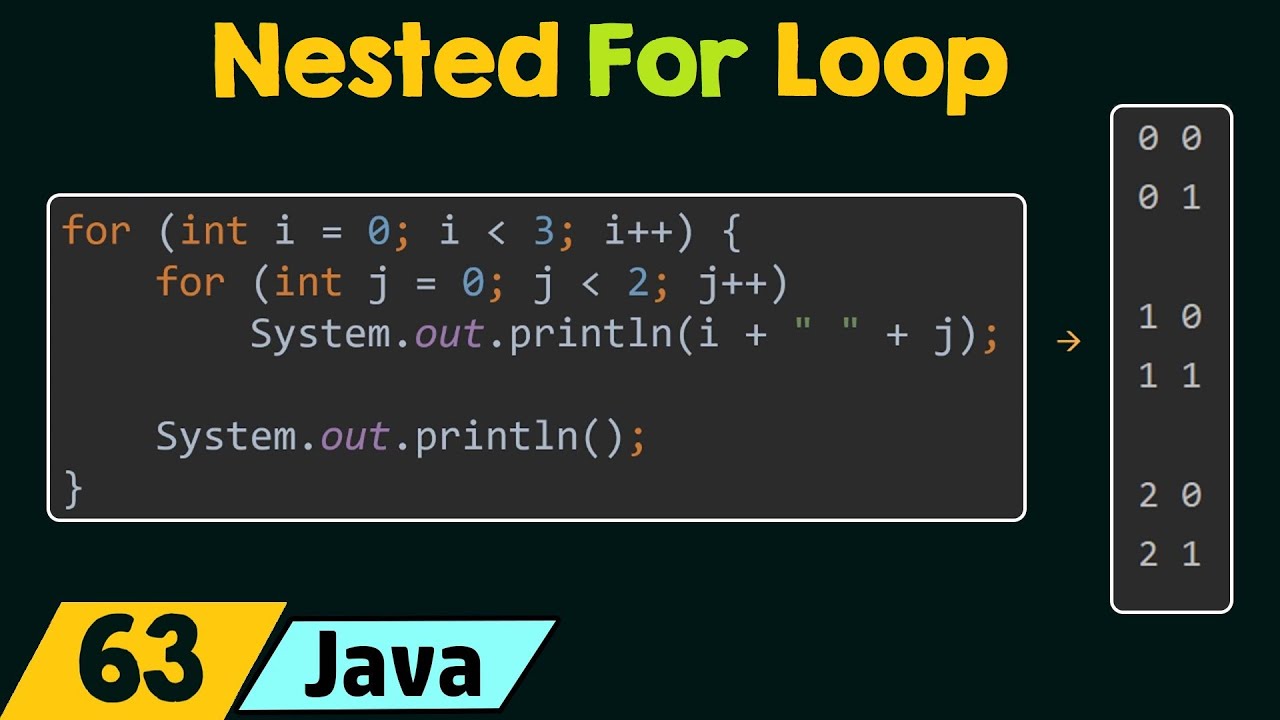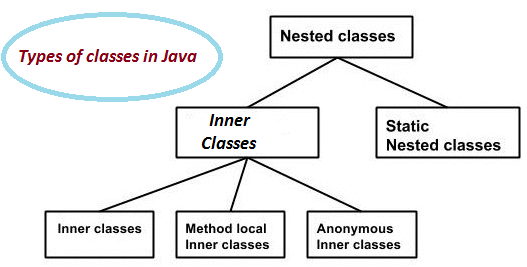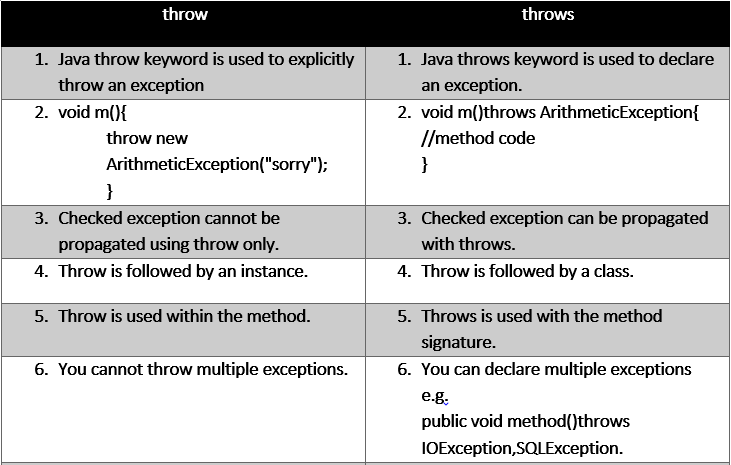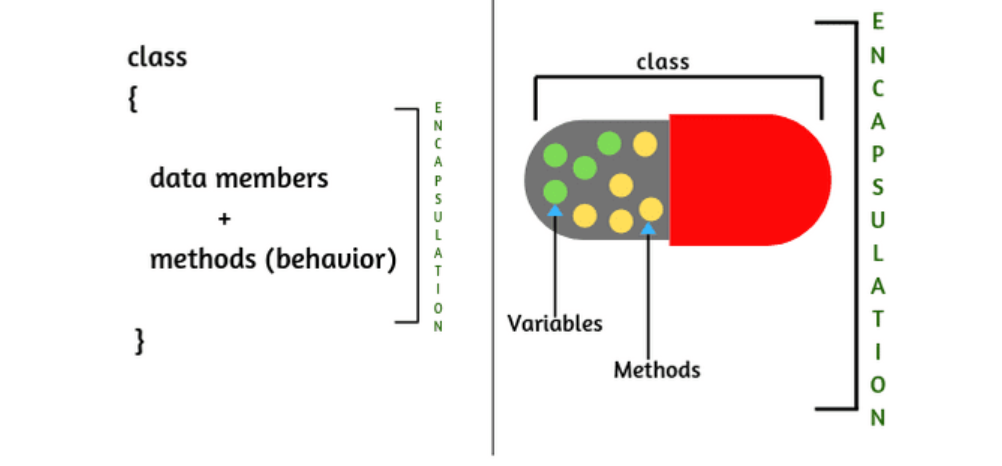When to use try catch vs throws in Java?
When to use try catch vs throws in Java?
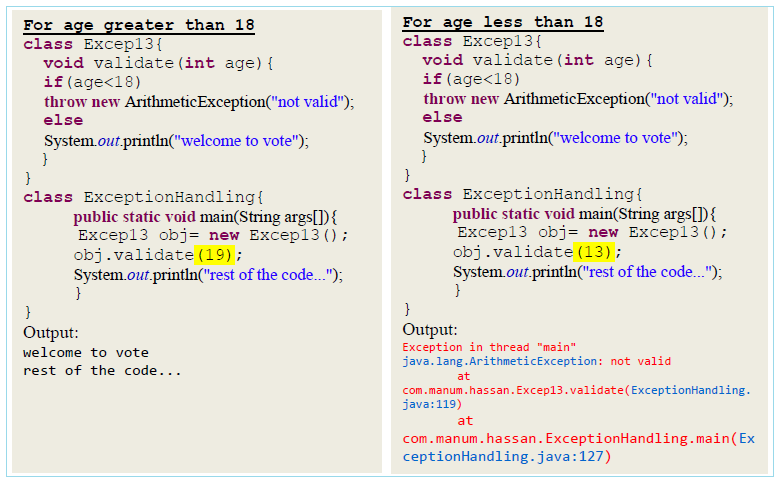
I'm happy to respond in English for you!
When it comes to error handling in Java, developers often face a dilemma: whether to use try-catch blocks or the throws keyword. Both approaches have their own strengths and weaknesses, which we'll explore in this answer.
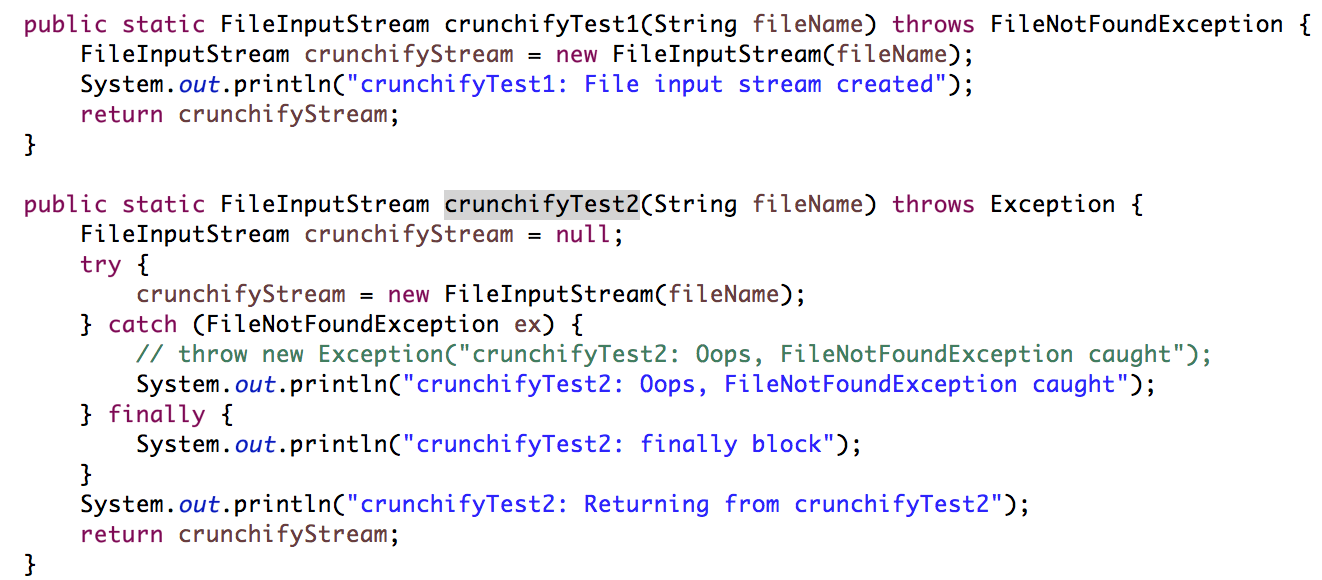
Try-Catch Blocks
A try-catch block is used to catch exceptions that occur within the try block. The basic syntax is as follows:
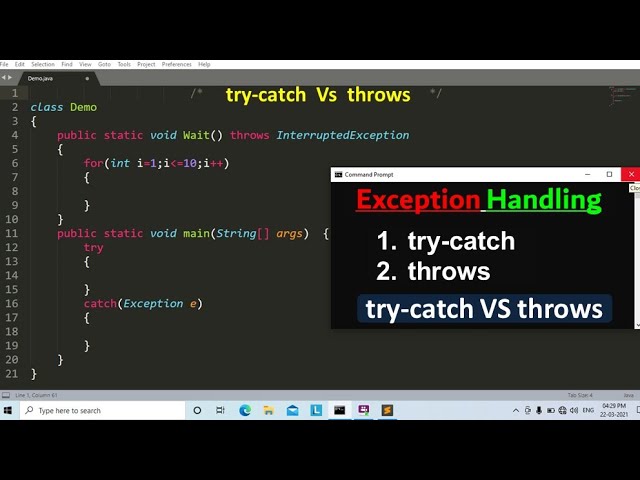
try {
// code that might throw an exception
} catch (ExceptionType e) {
// handle the exception
}
Here's how it works:
Thetry block executes the code, and if an exception occurs, the execution jumps to the catch block. The catch block receives the exception object (e) as a parameter. You can handle the exception by logging it, re-throwing it, or doing something else.
Pros:
Easy to implement and understand Can catch multiple exceptions with different handlersCons:
Code becomes verbose when using multiple try-catch blocks Can lead to "deep nesting" if not carefully managedThrows Keyword
The throws keyword is used to declare that a method may throw an exception. The basic syntax is as follows:
public void myMethod() throws ExceptionType {// code that might throw an exception
}
Here's how it works:
When calling the method, you must handle the exception (e.g., usingtry-catch or re-throwing). The method is responsible for throwing the exception if it occurs. You can choose not to catch the exception and let it propagate up the call stack.
Pros:
Encourages method encapsulation and separation of concerns Allows you to delegate error handling to a higher levelCons:
Can lead to "undeclared exception" warnings in IDEs (Java 7 and earlier) Requires careful documentation to ensure that callers are aware of potential exceptionsWhen to Use Each Approach
Usetry-catch when: You want to handle exceptions locally within a method or block. The exception is specific to the current code path, and you can handle it effectively. Use throws when: You're writing a method that may throw an exception due to external factors (e.g., database connection issues). You want to delegate error handling to a higher level or rely on caller-specific error handling.
Best Practices
Usetry-catch for local error handling. Use throws for encapsulating exceptions and delegating error handling. Document your methods clearly, including any declared exceptions. Test your code thoroughly to ensure that exception handling is working as expected.
In summary, both try-catch blocks and the throws keyword are valuable tools in Java's arsenal of error handling techniques. By understanding when to use each approach, you'll be better equipped to write robust, maintainable code that effectively manages exceptions.
catch block in java
I'll respond in English this time!
A Catch block is a vital part of exception handling in Java. It's where you handle the exceptions that occur during the execution of your code.
Here's an example of how to use a Catch block:
try {// Code that might throw an exception
int x = 10 / 0; // This will throw an ArithmeticException
} catch (ArithmeticException e) {
// Handle the exception here
System.out.println("Cannot divide by zero!");
}
In this example, we're trying to divide a number by zero. This is a common mistake that can cause an ArithmeticException. The Catch block catches this exception and handles it by printing out a message.
You can also specify multiple exceptions in the Catch block:
try {// Code that might throw different types of exceptions
} catch (ArithmeticException e) {
// Handle ArithmeticExceptions here
} catch (NullPointerException e) {
// Handle NullPointerExceptions here
}
This way, you can handle different types of exceptions separately.
Now, let's talk about the importance of Catch blocks:
Error handling: A Catch block allows you to handle errors in a controlled manner, ensuring that your program doesn't crash unexpectedly. Code robustness: By catching and handling specific exceptions, you can make your code more resilient and able to recover from unexpected situations. Improved user experience: When an exception occurs, you can display a meaningful error message or prompt the user to try again, providing a better user experience.Some best practices for using Catch blocks:
Keep it simple: Only handle exceptions that are directly related to the code in the Try block. Don't swallow exceptions: Don't use Catch blocks to ignore exceptions silently. Instead, log or display an error message to help with debugging and troubleshooting. Avoid recursive catches: Avoid using recursive catch blocks (i.e., a Catch block inside another Catch block) as it can make your code difficult to debug.In conclusion, Catch blocks are essential for building robust and reliable Java programs. By understanding how to use them effectively, you can write code that's more resilient to errors and provides a better user experience!
